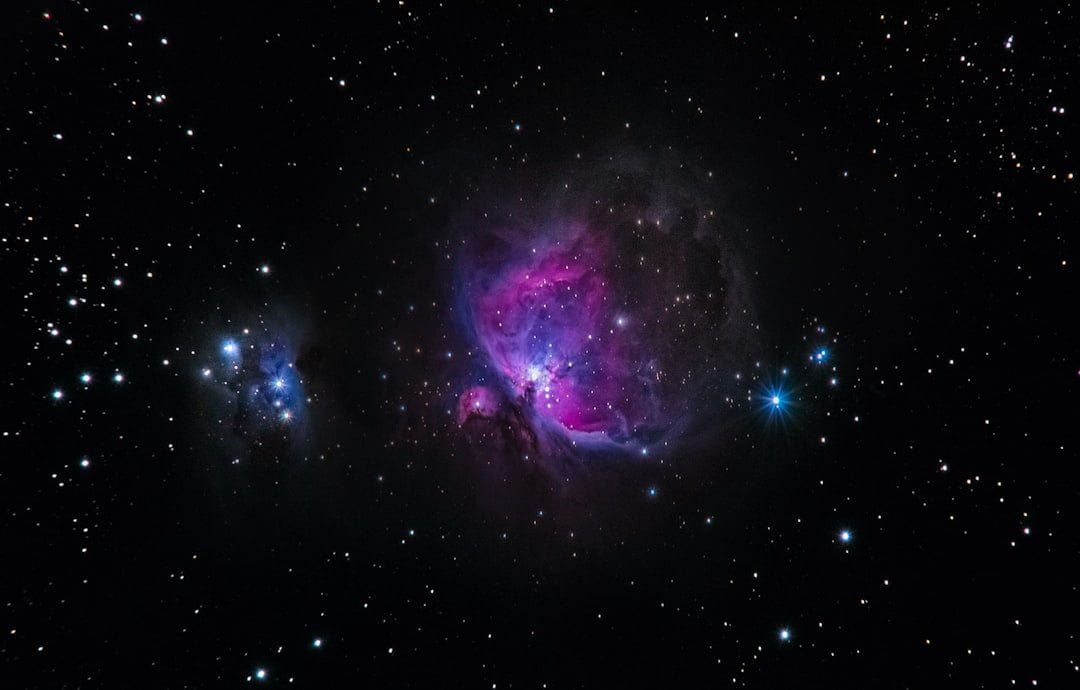How many galaxies are in the universe?
Key Points Summary
- The observable universe, spanning 92 billion light-years, could contain up to two trillion galaxies.
- Advancements in telescope technology, like the Hubble Space Telescope and the upcoming James Webb Space Telescope, have played a crucial role in estimating galaxy numbers.
- Over 90 percent of galaxies have yet to be studied, making current estimates conservative.
- The infinite universe hypothesis suggests an infinite number of galaxies, but the observable universe contains a finite number.
- Small, low-mass dwarf galaxies comprise the majority of the galaxy population and are crucial for understanding the universe’s structure.
The Quest to Count the Galaxies

The Vastness of the Observable Universe
The observable universe, defined by the distance light has traveled since the Big Bang, is a staggering 92 billion light-years in diameter. Within this expanse, recent estimates suggest the presence of up to two trillion galaxies, a significant increase from earlier estimates of 100 to 200 billion.
Technological Advancements in Galaxy Counting
The Hubble Space Telescope has been instrumental in estimating the number of galaxies, revealing an estimated 100 billion. As telescope technology improves, this number is expected to increase. The upcoming James Webb Space Telescope is anticipated to provide even more detailed information about early galaxies and may help confirm the estimated number of galaxies in the universe.
The Limitations of Current Observations
Despite the advancements in telescope technology, a significant portion of galaxies in the observable universe remain too faint and distant to be seen. It’s estimated that over 90 percent of galaxies have yet to be studied, indicating that current estimates are likely conservative.
Theoretical Perspectives and Observational Challenges
The Infinite Universe Hypothesis
In theory, if the universe is infinite in size, there could be an infinite number of galaxies. However, the observable universe, limited by the speed of light and the universe’s age, contains a finite number of galaxies that we can potentially observe.
The Dynamic Nature of Astronomical Research
As new data emerges from missions like New Horizons, estimates of the number of galaxies are subject to revision. For example, the previous figure of 2 trillion galaxies was reduced to several hundred billion based on new findings. This highlights the ever-evolving nature of astronomical research and our understanding of the cosmos.
The Significance of Small Galaxies
Low-mass dwarf galaxies, although challenging to detect, make up the overwhelming majority of the galaxy population . These small galaxies are crucial for understanding the large-scale structure of the universe and the distribution of matter .
The Implications and Future of Galaxy Counting
Insights into the Universe’s Evolution
Understanding the true number of galaxies provides valuable insights into cosmic history, the formation of large-scale structures, and the distribution of matter in the universe. It also has implications for our understanding of star formation, galaxy mergers, and the prevalence of small, low-mass galaxies.
The Promise of Future Telescopes
As more powerful telescopes, like the James Webb Space Telescope, study the universe, estimates of the total number of galaxies will continue to be refined. These advanced telescopes are expected to shed light on the faint, distant galaxies that have yet to be observed, potentially confirming the estimated number of galaxies in the universe.
How many galaxies are in the universe? A Universe Filled with Galactic Wonders

The universe is an incredibly vast place, with estimates of galaxy numbers ranging from several hundred billion to potentially 20 trillion . While the majority of these galaxies have yet to be observed, each discovery brings us closer to understanding the true scale and complexity of the cosmos. As technology advances, we will continue to refine our estimates and expand our knowledge of the universe’s galactic population.
Why This “Article” is Important
The quest to determine the number of galaxies in the universe is more than just an academic pursuit. It challenges our perceptions, expands our knowledge, and pushes the boundaries of technology and science. Each galaxy is a unique tapestry of stars, planets, and other celestial phenomena, and together, they tell the story of the universe’s evolution.
What Can Be Taught from This Article
- The Scale of the Universe: The immense scale of the universe, with its trillions of galaxies, offers a humbling perspective on our place in the cosmos.
- The Importance of Technological Advancements: The ongoing efforts to count galaxies highlight the progress and challenges in understanding the universe, emphasizing the crucial role of advanced telescopes and scientific research.
- The Ever-Evolving Nature of Science: The article underscores the dynamic nature of astronomical research, where new data and discoveries continuously shape and refine our understanding of the universe.
In summary, the universe is far more populated with galaxies than we once imagined. Each step forward in our ability to observe and count these galaxies not only answers age-old questions but also poses new ones, driving the ever-forward march of discovery. By exploring the vastness of the cosmos and the countless galaxies within it, we gain a deeper appreciation for the complexity and beauty of the universe we call home.
























